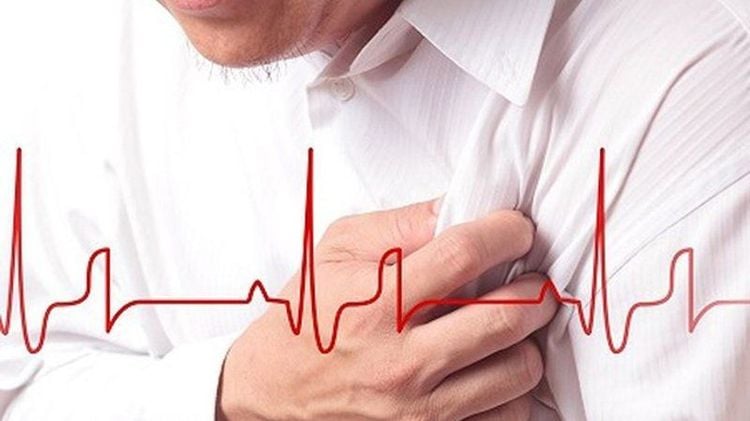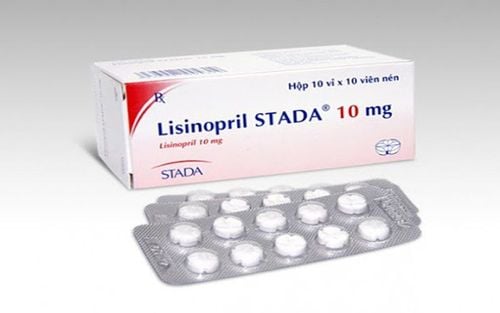This is an automatically translated article.
The article was professionally consulted by BSCK I Nguyen Hong Phuc - Emergency Department - Vinmec Phu Quoc International General Hospital.A pale, bluish-purple skin condition may not be a medical emergency, but it can be a sign of many serious medical conditions.
1. What is purplish blue skin?
Cyanosis is a phenomenon in which an area of the skin and mucous membranes on the body appears an abnormally blue or light purple color on the skin and mucous membranes. This condition occurs due to low oxygen levels in red blood cells or it may be due to a disorder of oxygen intake.Oxygen-rich blood is blood that has a bright red color, when the oxygen concentration is low, the blood will be darker red, blue light will be reflected out, making the patient's skin turn blue-violet visible. seen with the naked eye.
There are two types of cyanotic skin: peripheral cyanotic skin and central cyanotic skin.
1.1 Peripheral cyanosis
Peripheral cyanosis usually affects the hands or feet, especially the fingertips, fingernails, and soles of the feet, sometimes only on one side or on both sides.1.2 Central blue-violet skin
Central cyanosis usually affects organs in the center of the body. The disease usually appears on the lips or tongue.2. Causes of blue-violet skin
It is necessary to distinguish pathological cyanosis from skin exposure to cold temperatures, which narrows blood vessels and makes the skin temporarily pale. When warmed or massaged, the cold skin restores blood flow and returns to its normal color.However, if warming or massage doesn't work, it's more likely to be cyanosis. At that time, it is very important to restore tissue oxygen levels in the body, which should be done as soon as possible to prevent complications.
Common causes of blue skin are:
Deep vein thrombosis Heart failure

3. Blue-violet skin symptoms
An abnormal blue-violet coloration of the lips or skin can be a life-threatening warning sign, requiring emergency care if the patient is accompanied by the following symptoms:The patient is short of breath Fever, headache Sickness patient has difficulty breathing or has shallow breathing Feeling of tightness in the chest The patient is sweating profusely all over. Pale, pale skin color, especially noticeable on the arms, legs, hands, fingers or toes. Dizziness, convulsions or fainting, loss of consciousness Vomiting Diarrhea

4. Treatment of cyanosis skin syndrome
The treatment for cyanosis of the skin depends entirely on the cause of this symptom. Addressing the cause will essentially restore oxygen-rich blood flow to the affected parts of the body. If the cause is treated properly and timely, the skin color will be significantly improved and many complications will be limited.The doctor will prescribe the patient drugs to treat heart and lung diseases, help improve blood flow, increase oxygen supply to organs and tissues. Some patients may need oxygen therapy to restore normal oxygen levels in the blood. In addition, patients with peripheral cyanosis should stop taking medications that restrict blood flow such as beta-blockers, oral contraceptives, allergy medications, migraine medications, etc. after weighing the benefits - risks and getting the agreement of the doctor.
In addition, patients need to change their lifestyle, quit smoking, get enough sleep, and avoid foods or drinks containing caffeine.
BSCK I Nguyen Hong Phuc has nearly 20 years of experience in Emergency Resuscitation. Before being an Emergency Medicine Doctor at Vinmec Phu Quoc International General Hospital, Dr. Phuc worked at hospitals: Bac Ninh Lung Hospital, Cu Chi Regional General Hospital - Ho Chi Minh City Bright.
Vinmec International General Hospital is one of the hospitals that not only ensures professional quality with a team of leading medical doctors, a system of modern equipment and technology, but also stands out for its medical examination and treatment services. comprehensive and professional medical consultation and treatment; civilized, polite, safe and sterile medical examination and treatment space.
Please dial HOTLINE for more information or register for an appointment HERE. Download MyVinmec app to make appointments faster and to manage your bookings easily.














